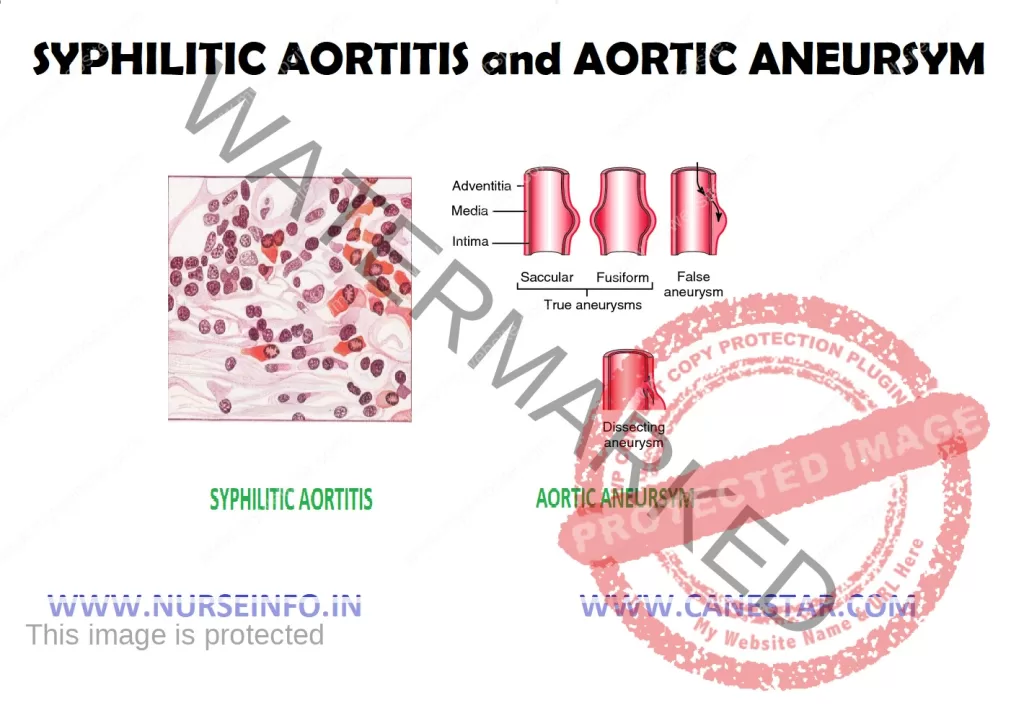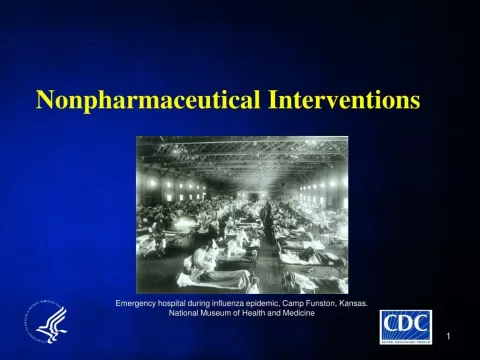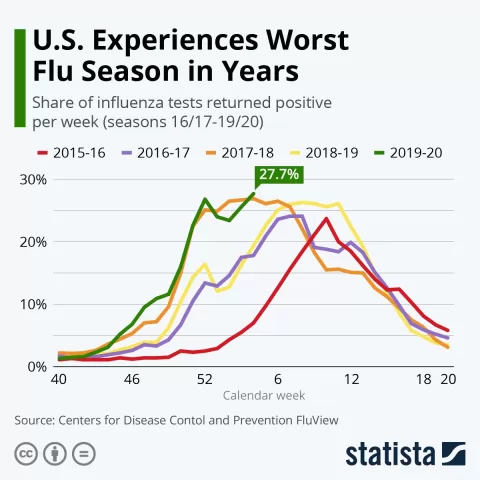Syphilitic aortitis represents a rare but significant complication of syphilis, which is caused by the bacterium *Treponema pallidum*. This condition can occur years after the initial infection, illustrating the lengthy path from syphilis infection to potential aortic disease, especially noteworthy given the current syphilis resurgence in the United States. Timely recognition of syphilitic aortitis is crucial, particularly in elderly patients who may not exhibit typical symptoms associated with syphilis. Multimodality imaging plays a key role in diagnosing this condition by allowing clinicians to visualize the inflammatory changes in the aorta that often accompany such infections. Understanding the complexities of syphilitic aortitis, along with its association with neurosyphilis, is essential for delivering appropriate care and preventing severe outcomes such as aortic dissection or rupture.
Aortitis linked to an underlying syphilitic infection is among the lesser-known manifestations of syphilis, reflecting broader trends in how infectious diseases can present in atypical ways. Often overshadowed by more recognizable aspects of syphilis, aortic inflammation can develop silently over many years, particularly in patients who are asymptomatic. This condition necessitates an awareness of the potential for *Treponema pallidum* to lead to serious aortic complications. The application of advanced imaging techniques and serological testing is critical in identifying this form of aortitis, especially as cases of syphilis continue to rise. By being vigilant for these associations, healthcare professionals can improve diagnosis and treatment for patients at risk.
Understanding Syphilitic Aortitis
Syphilitic aortitis is a rare yet critical condition that arises due to the infection by the bacterium *Treponema pallidum*, which is primarily responsible for syphilis. This particular form of aortitis develops when the pathogen incites an inflammatory response in the aorta, often presenting many years after the initial syphilitic infection. Current studies suggest that untreated syphilis can lead to aortic pathologies, with up to 10% of individuals displaying signs of syphilitic aortitis in the long term. Patients frequently lack the typical risk factors, as demonstrated in the case of an 89-year-old man who exhibited no previous signs of syphilis or high-risk behavior, yet developed significant vascular complications due to this infection.
It is essential to recognize syphilitic aortitis among other types of aortic disease. The diagnostic process often requires a multimodality imaging approach to identify the distinctive circumferential soft tissue changes of the aorta. Standard imaging techniques such as CT and MRI play critical roles in distinguishing syphilitic aortitis from similar conditions like intramural hematoma or autoimmune vasculitis. Given the variability in clinical presentation, healthcare professionals should maintain a high index of suspicion, especially in regions experiencing syphilis resurgence.
Frequently Asked Questions
What is syphilitic aortitis and how is it related to other aortic diseases?
Syphilitic aortitis is an inflammatory condition of the aorta caused by the bacterium *Treponema pallidum*, the causative agent of syphilis. It is a rare but serious form of aortic disease that can occur in untreated syphilis cases, typically occurring long after the initial infection. This condition can lead to aortic aneurysms or dissection if not diagnosed and treated promptly.
How is neurosyphilis associated with syphilitic aortitis?
Neurosyphilis is a complication of syphilis that affects the nervous system, and it can occur alongside syphilitic aortitis. While syphilitic aortitis primarily impacts the cardiovascular system, the presence of neurosyphilis indicates a disseminated infection which may complicate the clinical picture and necessitate a thorough investigation, including cerebrospinal fluid analysis.
What are the symptoms of syphilitic aortitis and how can it present asymptomatically?
Syphilitic aortitis may not present with typical symptoms, especially in elderly patients or those without conventional risk factors. In some cases, patients may be asymptomatic for years until significant vascular damage occurs. Common findings include inflammation of the aorta, which can be detected using multimodality imaging, such as CT or MRI, even in the absence of specific cardiovascular symptoms.
Why is there a resurgence of syphilis and its related conditions like syphilitic aortitis?
The resurgence of syphilis is attributed to various factors, including decreased public health funding, reduced awareness among healthcare providers, and changes in sexual behavior. This increase in syphilis cases has led to more instances of complications like syphilitic aortitis, necessitating increased vigilance and testing in populations in high-prevalence areas.
How is syphilitic aortitis diagnosed using multimodality imaging?
Multimodality imaging is crucial for diagnosing syphilitic aortitis. Techniques such as contrast-enhanced CT and magnetic resonance angiography (MRA) can identify characteristic soft tissue changes around the aorta, suggesting inflammation or infection. These imaging modalities assist in ruling out other causes of aortitis and confirm the diagnosis before treatment.
What are the treatment options for syphilitic aortitis, and how effective are they?
The treatment for syphilitic aortitis typically includes high-dose intravenous penicillin G, which is effective against *Treponema pallidum*. Early recognition and initiation of antibiotic therapy are crucial, as untreated syphilitic aortitis can lead to severe complications with high mortality rates. Regular follow-up and monitoring are necessary to ensure successful treatment outcomes.
Can syphilitic aortitis occur in patients without classic symptoms of syphilis?
Yes, syphilitic aortitis can occur in patients who do not exhibit classic symptoms of syphilis, such as genital lesions or other obvious signs of infection. This is particularly notable in older adults, who may be asymptomatic yet have underlying syphilis that manifests as aortitis. This underscores the importance of screening and diagnostic testing in at-risk populations.
What epidemiological trends are associated with syphilitic aortitis in the United States?
Syphilitic aortitis is increasingly recognized as a complication of syphilis, which has shown a significant rise in incidence in the United States. The CDC reported over 200,000 syphilis cases in 2022, and areas with high syphilis rates, such as Washington, DC, have increased awareness among healthcare providers about the potential for syphilitic aortitis and the need for diagnostic vigilance.
What role does cerebrospinal fluid analysis play in the diagnosis of syphilitic aortitis?
Cerebrospinal fluid (CSF) analysis can help diagnose neurosyphilis when syphilitic aortitis is suspected, especially when neurological symptoms are present. Testing for specific antibodies against *Treponema pallidum* in the CSF can confirm the diagnosis, even if VDRL (Venereal Disease Research Laboratory) testing results are negative. This comprehensive approach aids in understanding the extent of syphilis-related complications.
| Key Points | Details |
|---|---|
| Rare Case Report | An 89-year-old man in Washington, DC, diagnosed with syphilitic aortitis and possible neurosyphilis. |
| Emerging Public Health Issue | In 2022, there were over 200,000 syphilis cases reported in the USA, highlighting a resurgence of this infection. |
| Diagnosis Challenges | Syphilitic aortitis complicates diagnosis due to the broad differential of aortitis. Timely identification is critical. |
| Diagnostic Approach | Use of CT, MRI, serological testing, and CSF analysis to confirm syphilitic aortitis. |
| Treatment | The patient was treated with intravenous penicillin G for 14 days, resulting in improved symptoms. |
Summary
Syphilitic aortitis is a rare but significant medical condition that can occur even in asymptomatic patients. This case of an 89-year-old man underscores the importance of considering syphilis as a potential cause of aortitis, especially in areas with high prevalence rates. The successful use of multimodality imaging and serology in diagnosis emphasizes the need for awareness and timely treatment to prevent serious complications and improve patient outcomes.
The content provided on this blog (e.g., symptom descriptions, health tips, or general advice) is for informational purposes only and is not a substitute for professional medical advice, diagnosis, or treatment. Always seek the guidance of your physician or other qualified healthcare provider with any questions you may have regarding a medical condition. Never disregard professional medical advice or delay seeking it because of something you have read on this website. If you believe you may have a medical emergency, call your doctor or emergency services immediately. Reliance on any information provided by this blog is solely at your own risk.








